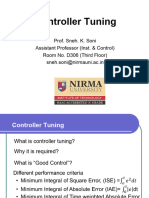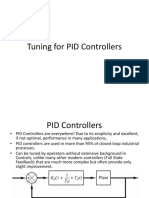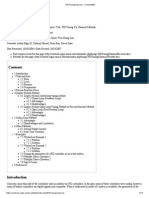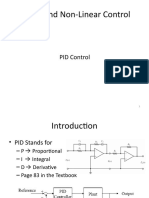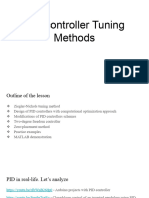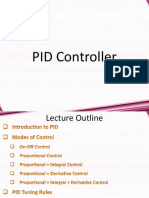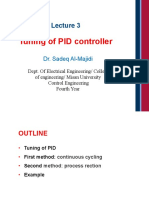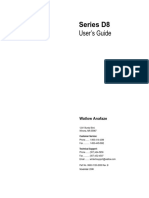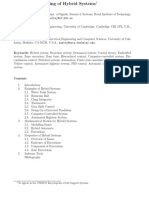0% found this document useful (0 votes)
28 views7 pagesTuning Feedback Controller
The document explains the tuning of feedback controllers using the Process Reaction Curve Method and the Ziegler-Nichols technique. It details the steps involved in applying a step change to the system, plotting the process reaction curve, determining process parameters, and using tuning rules to calculate PID parameters. Additionally, it discusses the advantages and limitations of these methods, including potential solutions to overcome their drawbacks.
Uploaded by
Free Fire tamilCopyright
© © All Rights Reserved
We take content rights seriously. If you suspect this is your content, claim it here.
Available Formats
Download as PDF, TXT or read online on Scribd
0% found this document useful (0 votes)
28 views7 pagesTuning Feedback Controller
The document explains the tuning of feedback controllers using the Process Reaction Curve Method and the Ziegler-Nichols technique. It details the steps involved in applying a step change to the system, plotting the process reaction curve, determining process parameters, and using tuning rules to calculate PID parameters. Additionally, it discusses the advantages and limitations of these methods, including potential solutions to overcome their drawbacks.
Uploaded by
Free Fire tamilCopyright
© © All Rights Reserved
We take content rights seriously. If you suspect this is your content, claim it here.
Available Formats
Download as PDF, TXT or read online on Scribd
/ 7







